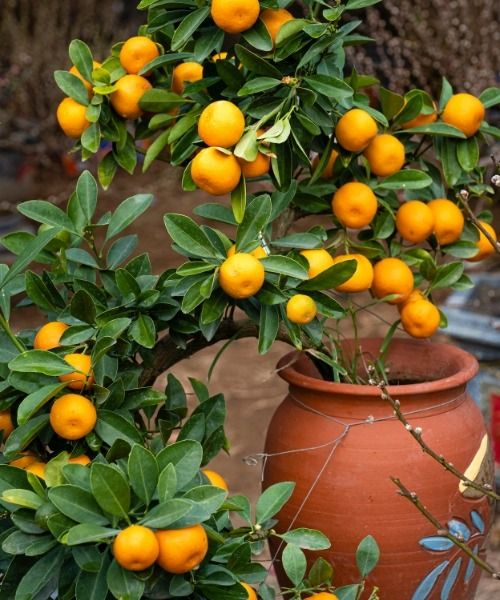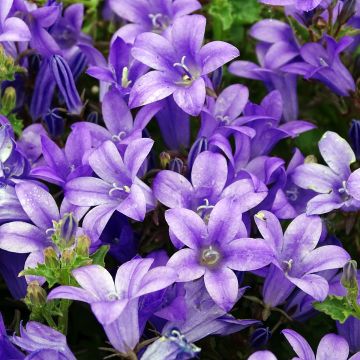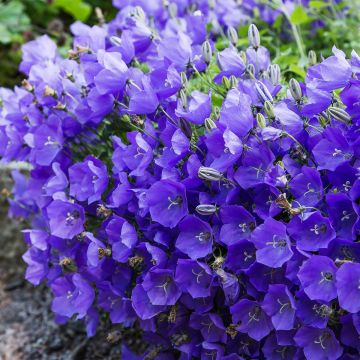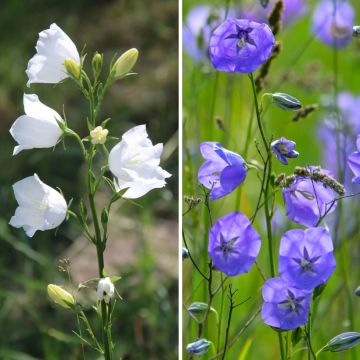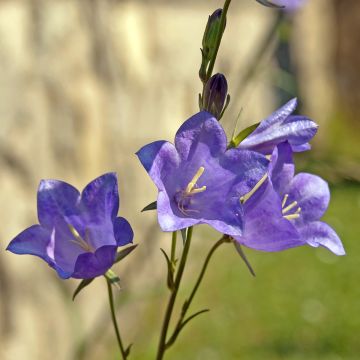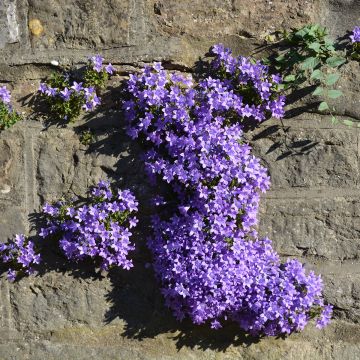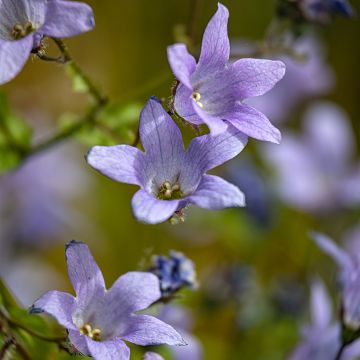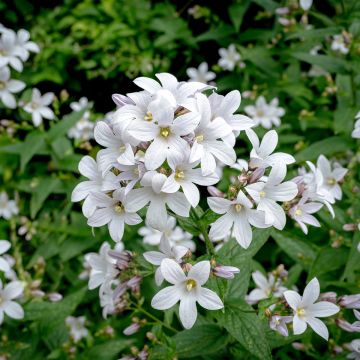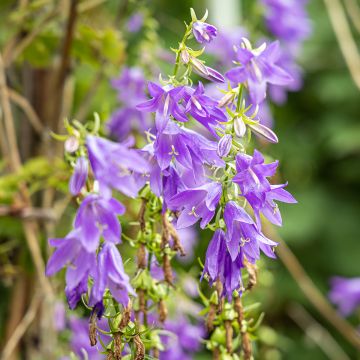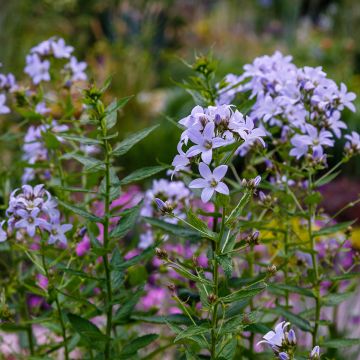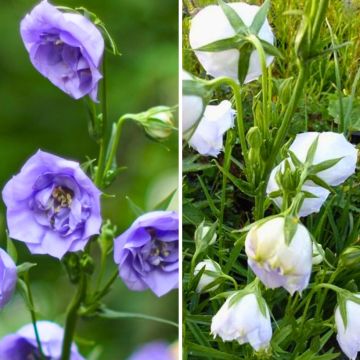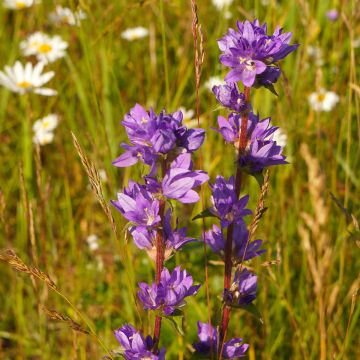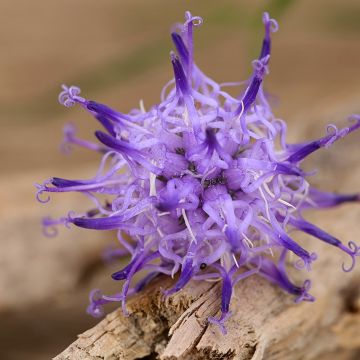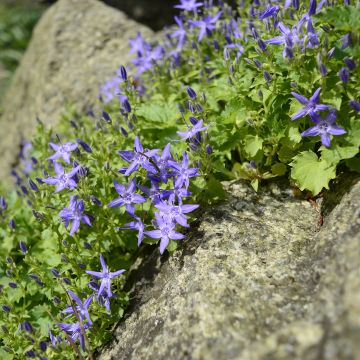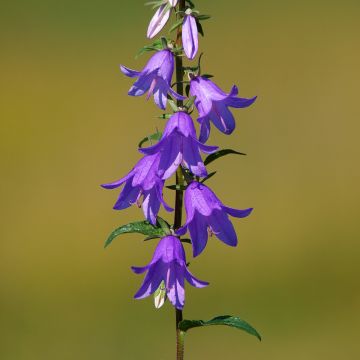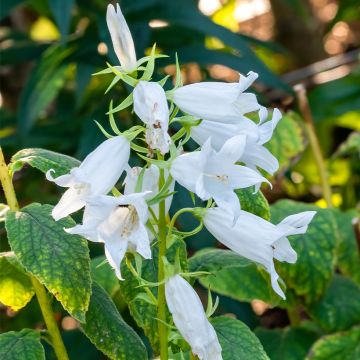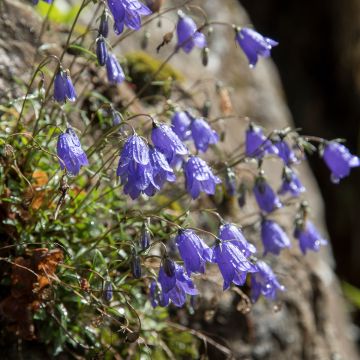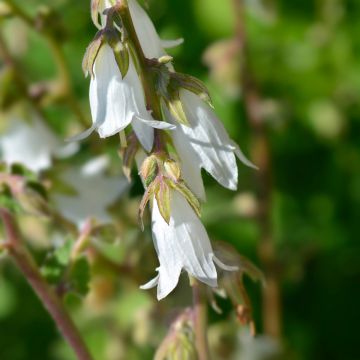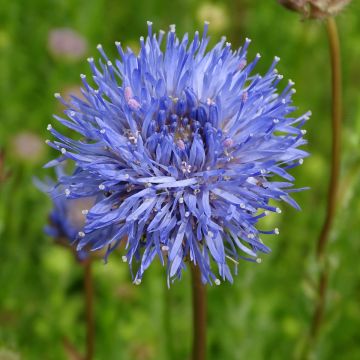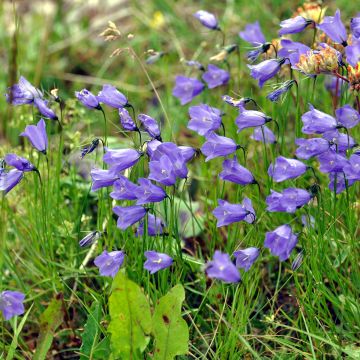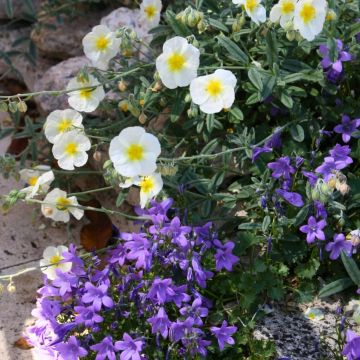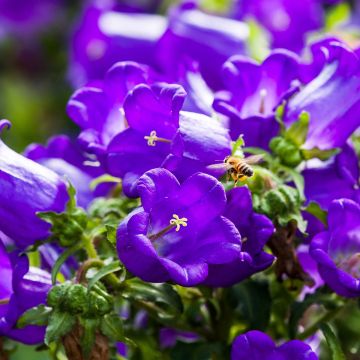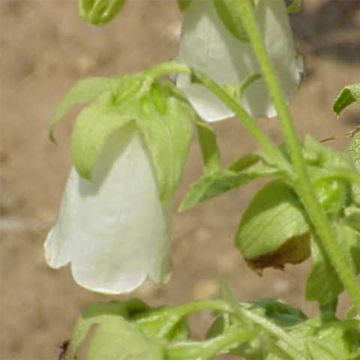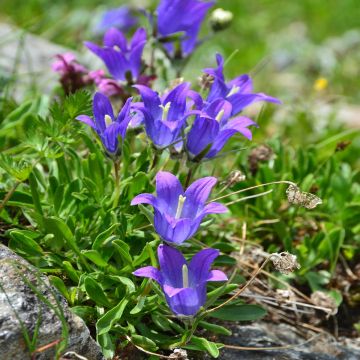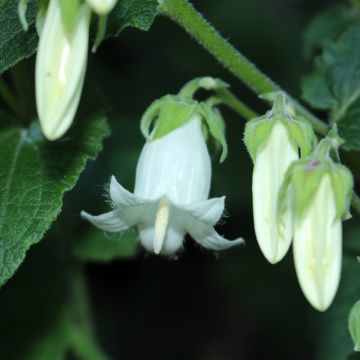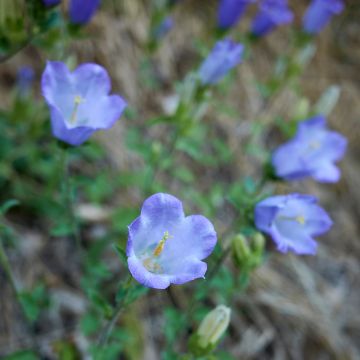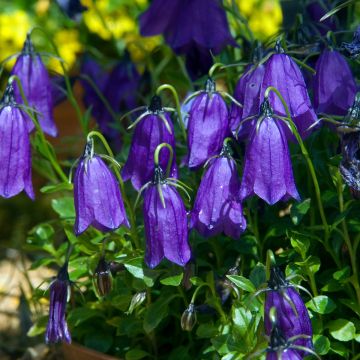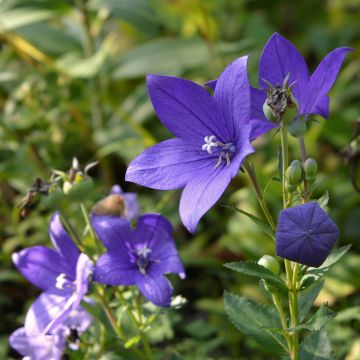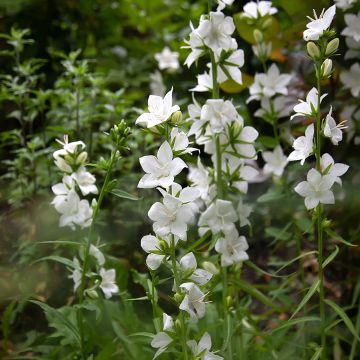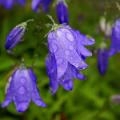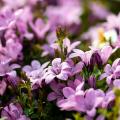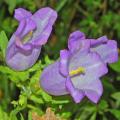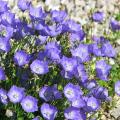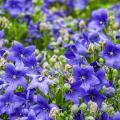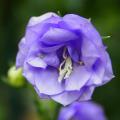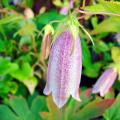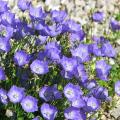Wild campanula
Would this plant suit my garden? Set up your Plantfit profile →
Available in 3 sizes
Available in 1 sizes
Available in 0 sizes
Available in 2 sizes
Available in 1 sizes
Available in 2 sizes
Available in 2 sizes
Available in 2 sizes
Available in 1 sizes
Available in 1 sizes
Available in 2 sizes
Available in 0 sizes
Available in 1 sizes
Available in 1 sizes
Available in 1 sizes
Available in 1 sizes
Available in 1 sizes
Available in 1 sizes
Available in 1 sizes
Available in 1 sizes
Available in 1 sizes
Available in 1 sizes
Available in 1 sizes
Available in 0 sizes
Available in 2 sizes
Available in 1 sizes
Available in 1 sizes
Available in 1 sizes
Available in 1 sizes
Available in 1 sizes
Available in 1 sizes
Available in 1 sizes
Available in 1 sizes
Available in 1 sizes
Available in 1 sizes
Our collection of wild campanulas. In this category, you will find botanical species, such as Rapunzel bellflower (Campanula rapunculoides) or the clustered bellflower or nettle-leaved bellflower. There are also long-cultivated Eurasian species, such as the peach-leaved bellflower (C. persicifolia), a familiar sight in old gardens. There are creeping species like C. cochleariifolia, the delicate bellflower, stoloniferous and protected in Alsace, for example. And then there's the harebell or Scottish bluebell (Campanula rotundifolia), widespread in the northern hemisphere and in our countryside, highly adaptable, undemanding, and fully hardy. We also offer some rarer species in cultivation, such as the Alliaria bellflower, native to the Caucasus, with stems adorned with delicate white flowers, and the ochroleuca bellflower, also from the Caucasus. Discover the Korean bellflower (C. takesimana) with its long tubular bell-shaped flowers in a satin-like lilac pink. The choice is vast, with numerous species for every situation!
Haven't found what you were looking for?

































